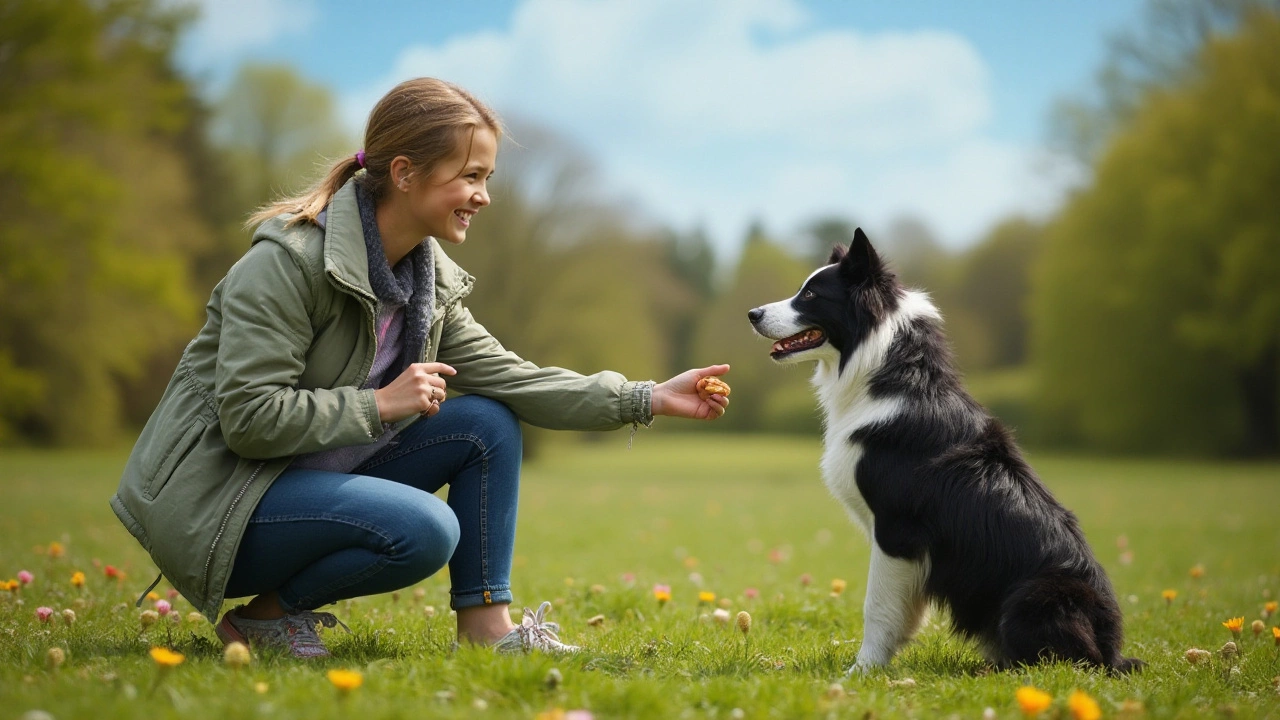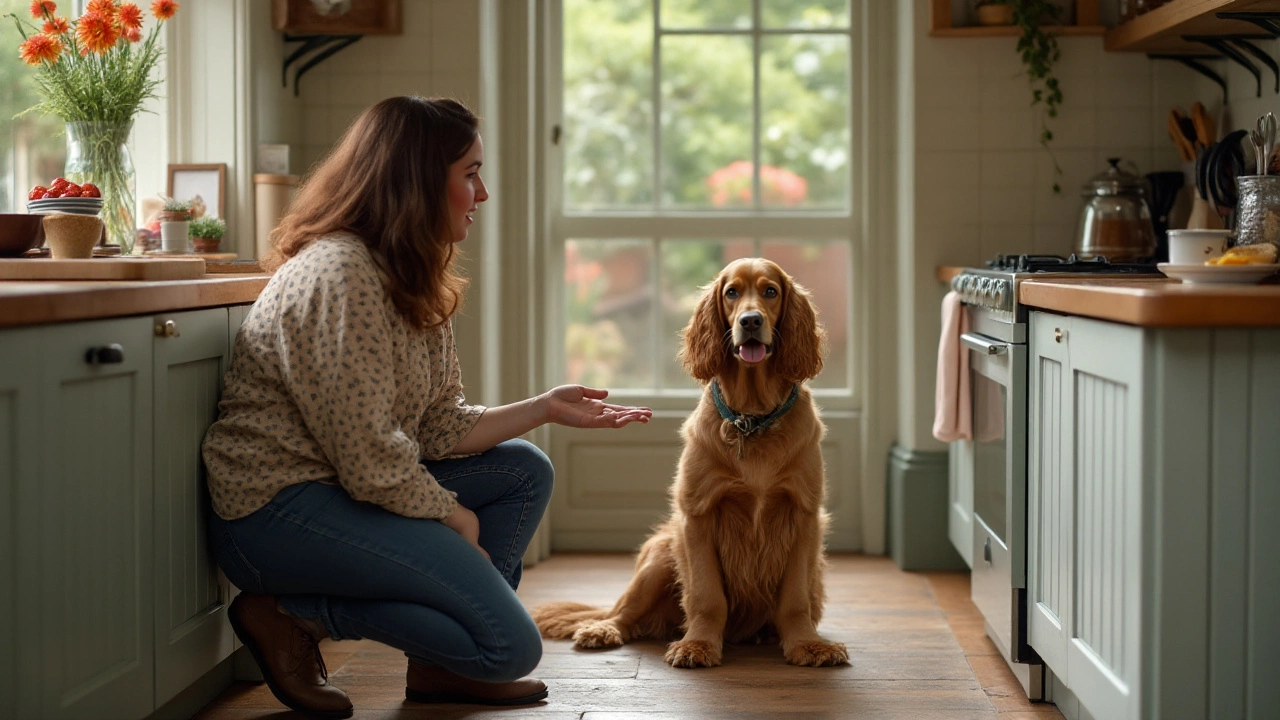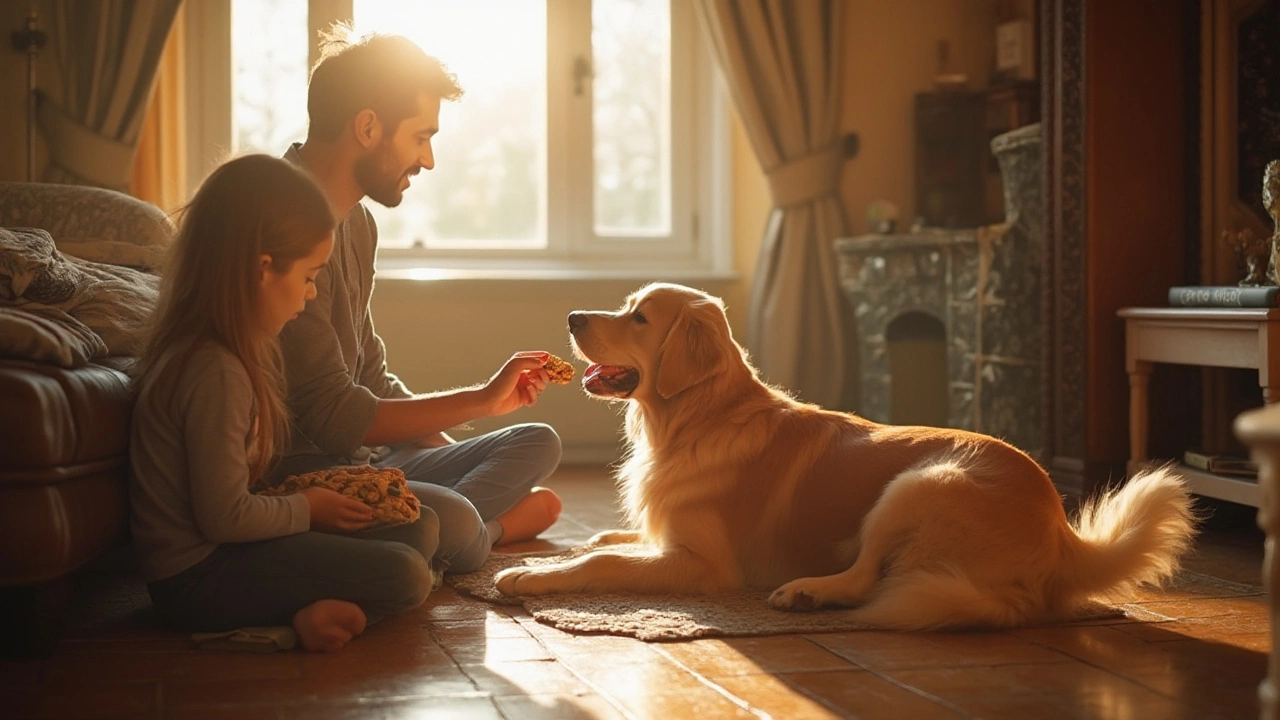The 90/10 rule is an insightful principle that has transformed the way dog owners approach training their furry companions. This rule suggests that a significant majority of your training sessions—about 90%—should be focused on rewarding and positive interactions. Meanwhile, a mere 10% is reserved for correcting unwanted behaviors. It's a balancing act that not only cultivates a happier pet but also creates a more harmonious household.
As dog enthusiasts increasingly seek humane and effective training methods, understanding and implementing the 90/10 rule offers an ideal framework. At its core, the rule underscores a philosophy that is forgiving, understanding, and deeply empathetic towards dogs' natural behaviors. It's about teaching through encouragement rather than fear or punishment.
In this article, we'll delve into the nuances of this rule, explore its foundational benefits, provide insights on when it's prudent to apply corrections, and share some actionable tips to integrate this strategy into your everyday interactions with your beloved canine.
- The Foundation of the 90/10 Rule
- Benefits of Positive Reinforcement
- When and How to Apply Corrections
- Practical Tips for Dog Owners
The Foundation of the 90/10 Rule
When we talk about the 90/10 rule in dog training, we're diving into a philosophy that pivots on the power of positive reinforcement. This isn't just a modern approach; it has its roots in long-standing behavioral science. Decades of research reveal that animals, much like us, respond favorably to rewards and are more likely to repeat behaviors that result in positive outcomes. What the 90/10 rule does is put this principle into practice, ensuring that dogs receive encouragement for good behavior a majority of the time, which is 90%.
Positive reinforcement relies on the idea that rewarding a dog for a desired behavior increases the chances they'll continue that behavior. So, when Fido sits patiently and waits for their dinner, offering a treat or a loving pat enforces what we want. This is the essence of the 90%—it's about making good behaviors feel rewarding all the time. This approach not only fosters a happier environment but also strengthens the emotional connection between you and your canine friend.
The Science Behind the Rule
The science backing this rule is profound. Studies consistently show that dogs learn best through repetition and positive experiences. Unlike force-based methods, which might cause stress or fear and even affect a dog's well-being, positive training using the 90/10 rule builds trust. In fact, a 2019 study published in 'Animal Cognition' revealed that dogs trained with positive reinforcement are more likely to solve complex problems and exhibit less anxiety. This doesn't just apply to teaching commands; it seeps into every interaction, creating an environment where learning is fun and pressure-free.
"Positive reinforcement not only influences what animals learn but how optimistically they approach future challenges." - Animal Cognition Study, 2019
The remaining 10% of the rule involves gentle corrections for less-than-ideal behaviors. It's crucial that this correction isn't confused with punishment. Instead, think of it as guiding your dog back towards the desired path. For example, a firm 'no' or removing attention when your dog jumps on guests are gentle nudges that help but should not overshadow the positive experiences. The foundation of this rule is not to ignore bad behavior but to minimize its spotlight in the dog's overall learning process. It's about balance, ensuring the scales are always tipped towards encouraging good behavior.

Benefits of Positive Reinforcement
Positive reinforcement has risen to prominence in the realm of dog training due to its compassionate and highly effective nature. By focusing on rewarding desirable behaviors, pet owners channel the energy of their dogs into learning through encouragement. This method works wonders for building trust between dogs and their human companions, fostering a bond that is enduring and uplifting. Dogs are inherently eager to please, and when their good behavior is met with praise, treats, or affection, they naturally gravitate toward repeating those pleasing actions.
Studies demonstrate that dogs trained with positive reinforcement exhibit fewer behavioral problems compared to those trained with punitive methods. This approach is rooted in operant conditioning, a concept developed by B.F. Skinner, which posits that behavior is influenced by the consequences that follow. In a nurturing environment, dogs not only learn faster but also retain the knowledge longer, making training more efficient and enjoyable. Moreover, a positively reinforced command becomes more reliable because the dog associates the action with a positive outcome, thereby enhancing their response time.
The American Veterinary Society of Animal Behavior notes, "Positive reinforcement is a non-confrontational and relationship-building approach that encourages dogs to think and helps them make the right choices."
Another remarkable benefit is in the reduction of stress levels for both dogs and their owners. Training that incorporates positive reinforcement avoids the tension and confrontation that often accompany punishment-based methods. Dogs, much like humans, can sense moods and respond to their owners' emotional cues. When training is enjoyable, stress dissipates, creating an environment where learning flourishes without conflict.
Pet owners are often surprised at how quickly their dogs respond to this effective method of training. Implementing a simple reward system, such as providing a treat when a command is correctly followed, creates a powerful incentive for dogs to behave well. This immediacy in reward challenges dogs to think critically about their actions, transforming simple training sessions into interactive and joyful experiences. Knowing that a reward is imminent encourages even the most reluctant learners to engage with training protocols more actively.

When and How to Apply Corrections
Correcting a dog's behavior is a sensitive task that requires understanding, patience, and a strategic approach. The idea is not to discipline through fear or aggression but to guide your companion gently towards the desired behavior. When you utilize the 90/10 rule, you reserve about 10% of your dog training efforts for these necessary corrections. It's crucial to ensure that corrections are administered promptly and with clarity, so your dog can associate the feedback with the behavior. The timing of the correction is key; for instance, it needs to occur immediately after the undesirable behavior so that your dog makes a clear connection. Delays can lead to confusion, and that's comparable to leaving a child guessing why they've been reprimanded.
Several effective methods for applying corrections focus not on frightening the dog but on redirecting its attention. For instance, a gentle tug on the leash or a calm verbal command (like "No" or "Ah-ah") can be enough to disrupt unwanted actions. It's vital to maintain a calm demeanor; an elevated voice can often excite or alarm dogs, leading them to respond fearfully or with heightened energy. Importantly, corrections should cease once the dog stops the undesired behavior. A positive affirmation or redirection to a suitable behavior goes a long way in reinforcing what you expect from your pet. This process is akin to teaching kids good manners, rewarding good behavior while gently steering them away from unwanted actions.
Additionally, understanding your own dog's personality will help tailor the right approach. Some dogs are more sensitive and would benefit from softer corrections, while others might need a firmer but still gentle hand. Breed and individual temperament play roles in how corrections should be applied. According to Dr. Sophia Yin, a renowned animal behaviorist, "It's not about punishing the pet, but about using motivation to foster preferred actions."
When employing corrective feedback in harmony with motivation, even the most stubborn breeds respond with enthusiasm and joy.In the same manner, be mindful of corrections so that they never deteriorate into punishment. The line can be thin, but steadfast commitment to the principles of positive reinforcement helps maintain the balance.
Moments when corrections are necessary include scenarios where safety is a factor, such as stopping your dog from running into a street or preventing harmful chewing behaviors that could lead to injury. Educating ourselves on these behaviors helps in not being taken by surprise. With time, many unwanted actions can be preemptively controlled through diligent training and an understanding relationship, reducing the need for course corrections altogether.

Practical Tips for Dog Owners
Embarking on the journey of training your dog with the 90/10 rule can seem daunting at first, but with a few handy tips, it becomes a rewarding experience for both you and your furry companion. The philosophy behind this rule emphasizes positive reinforcement as the cornerstone of effective dog training. Start by identifying what motivates your dog the most. While some dogs respond to treats, others may be driven by praise, toys, or simply the joy of playtime. By understanding your dog's unique preferences, you can tailor your training methods to be more impactful and engaging. Be consistent with your rewards, offering them promptly after the desired behavior to reinforce the connection between action and reward.
Consistency is crucial when implementing the 90/10 rule. Establish a routine that includes regular, short training sessions. Dogs typically have short attention spans, so keeping sessions brief but frequent can prevent frustration for both parties. Incorporate training into everyday activities; this not only reinforces learning but also makes it fun. For example, ask your dog to sit before meals or perform a simple trick like fetching their leash before walks. This integrates training seamlessly into their daily lives without feeling like a chore.
When handling the 10% correctional aspect of the rule, ensure you approach undesirable behaviors with patience and a calm demeanor. Instead of punishing bad behavior, redirect your dog towards the desired action and then reward them. For instance, if they're chewing on furniture, guide them towards a toy and praise them once they engage with it. This type of correction fosters a sense of security and trust. According to canine behaviorist Dr. Sophia Yin, "Training should be a dialogue, not a monologue." This approach aligns beautifully with the 90/10 philosophy.
"Training should be a dialogue, not a monologue." – Dr. Sophia Yin
Let’s also discuss the environment in which training should occur. Create a distraction-free zone during training sessions to maximize concentration. As your dog masters commands in these calm settings, gradually introduce distractions to build their ability to focus amidst chaos. This proves especially helpful in real-world scenarios. Socialization is another critical aspect; expose your dog to different environments, sounds, and people to nurture adaptability and confidence. Incorporating these elements makes your training holistic and robust. It’s about fostering an all-encompassing growth rather than just obedience.
Lastly, maintain a journal or notes regarding your dog's progress. Keeping track of milestones can help identify areas needing improvement and can also highlight successes. By noting these details, you create a personalized guide to aid in future training sessions. It offers insight into patterns and sheds light on what techniques work best for your dog. Over time, these insights collectively contribute to a stronger bond between you and your loyal companion. Remember, dog training isn't just about teaching tricks; it's about growing together.
